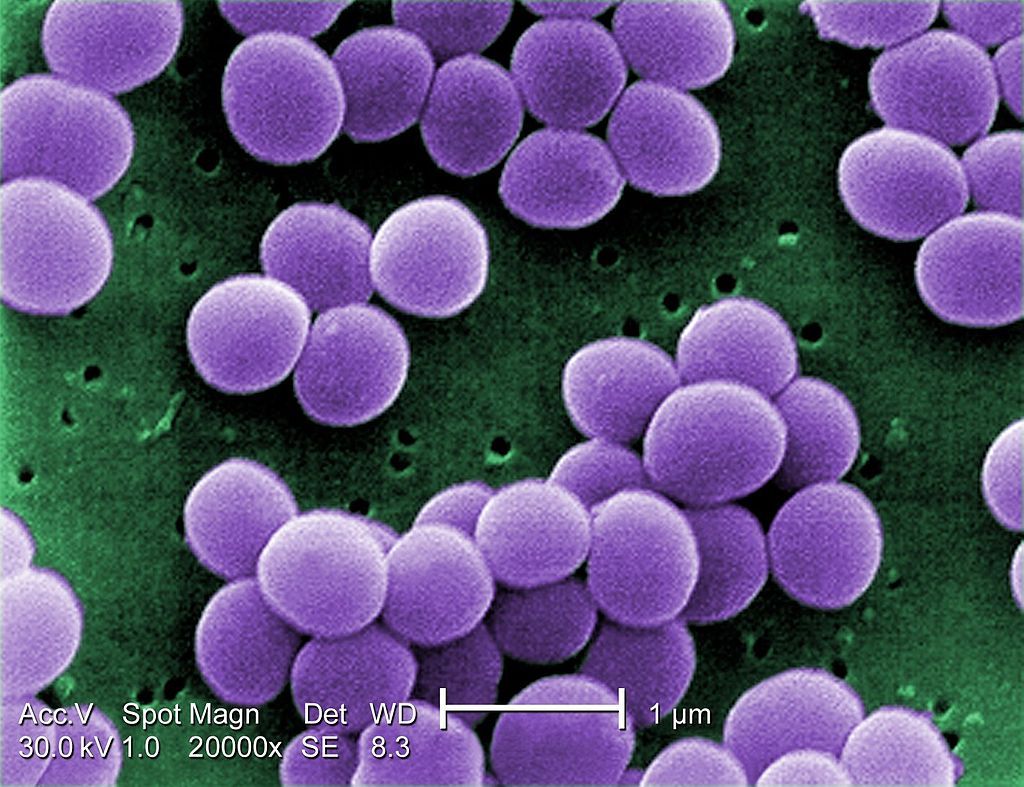Very cool.
Pinpointing the type of bacteria that are at the root of an infection in clinical samples removed from living tissues, such as blood, urine or joint fluids, to quickly identify the best anti-microbial therapy still poses a formidable challenge. The standard method of culturing can take days to reveal pathogens, and they often fail to bring them to light altogether.
A team lead by Donald Ingber, M.D., Ph.D., at the Wyss Institute for Biologically Inspired Engineering at Harvard University now reports a method in PLoS, which enables the rapid isolation and concentration of infectious bacteria from complex clinical samples to help speed up bacterial identification, and it should be able to accelerate the determination of antibiotic susceptibilities as well.
“We leveraged FcMBL? the genetically engineered pathogen-binding protein we developed for our sepsis therapeutic device program? to develop a fast and simple technology to help overcome this diagnostic roadblock,” said Ingber, who is the Wyss Institute’s Founding Director, the Judah Folkman Professor of Vascular Biology at Harvard Medical School and the Vascular Biology Program at Boston Children’s Hospital, and Professor of Bioengineering at the Harvard John A. Paulson School of Engineering and Applied Sciences. “Using clinical samples of joint fluids, we were able to show that this method can be used to quickly and efficiently isolate bacterial pathogens for various kinds of subsequent analysis, including PCR, which is commonly used for molecular diagnostics in clinical laboratories.”
